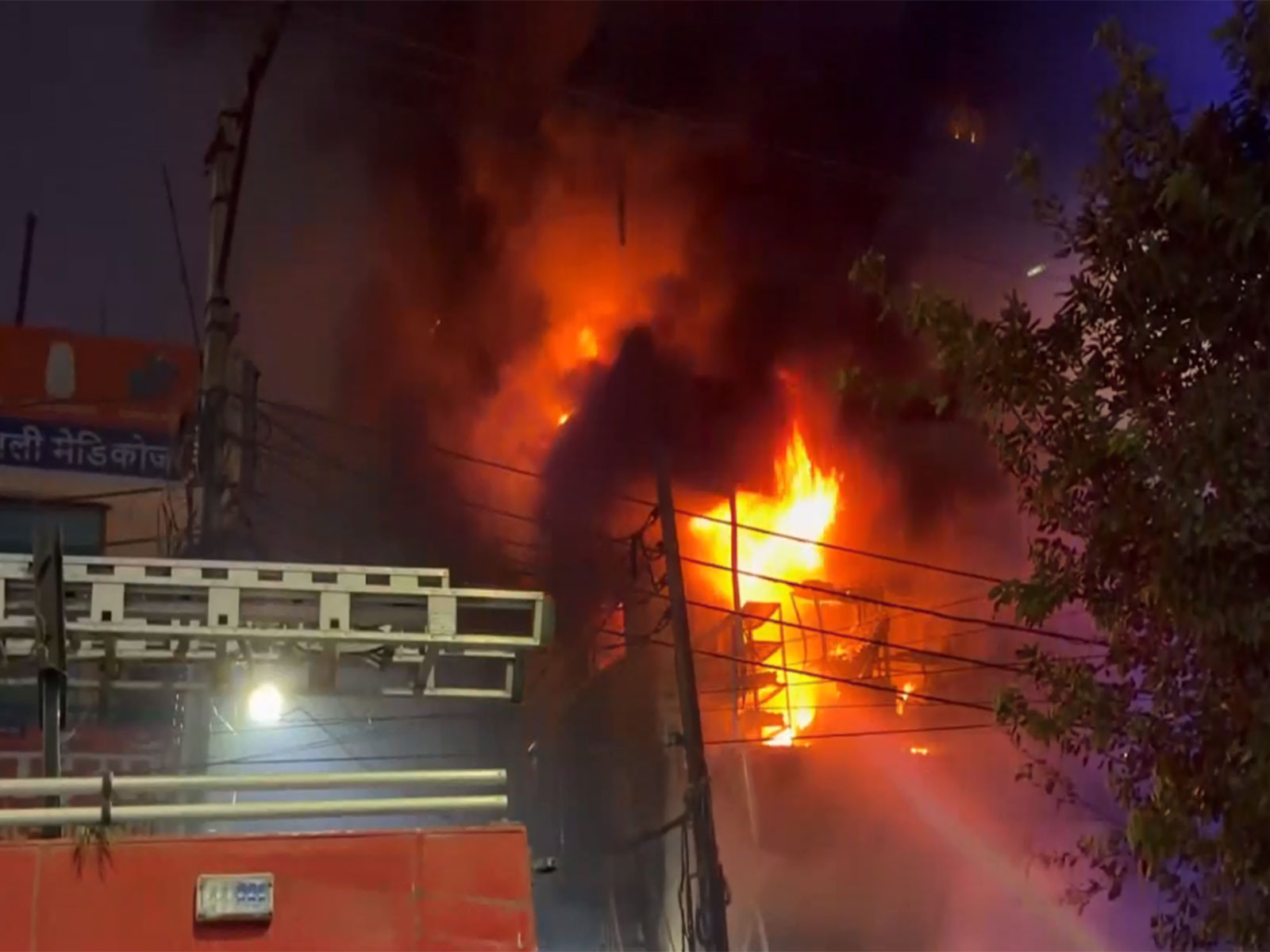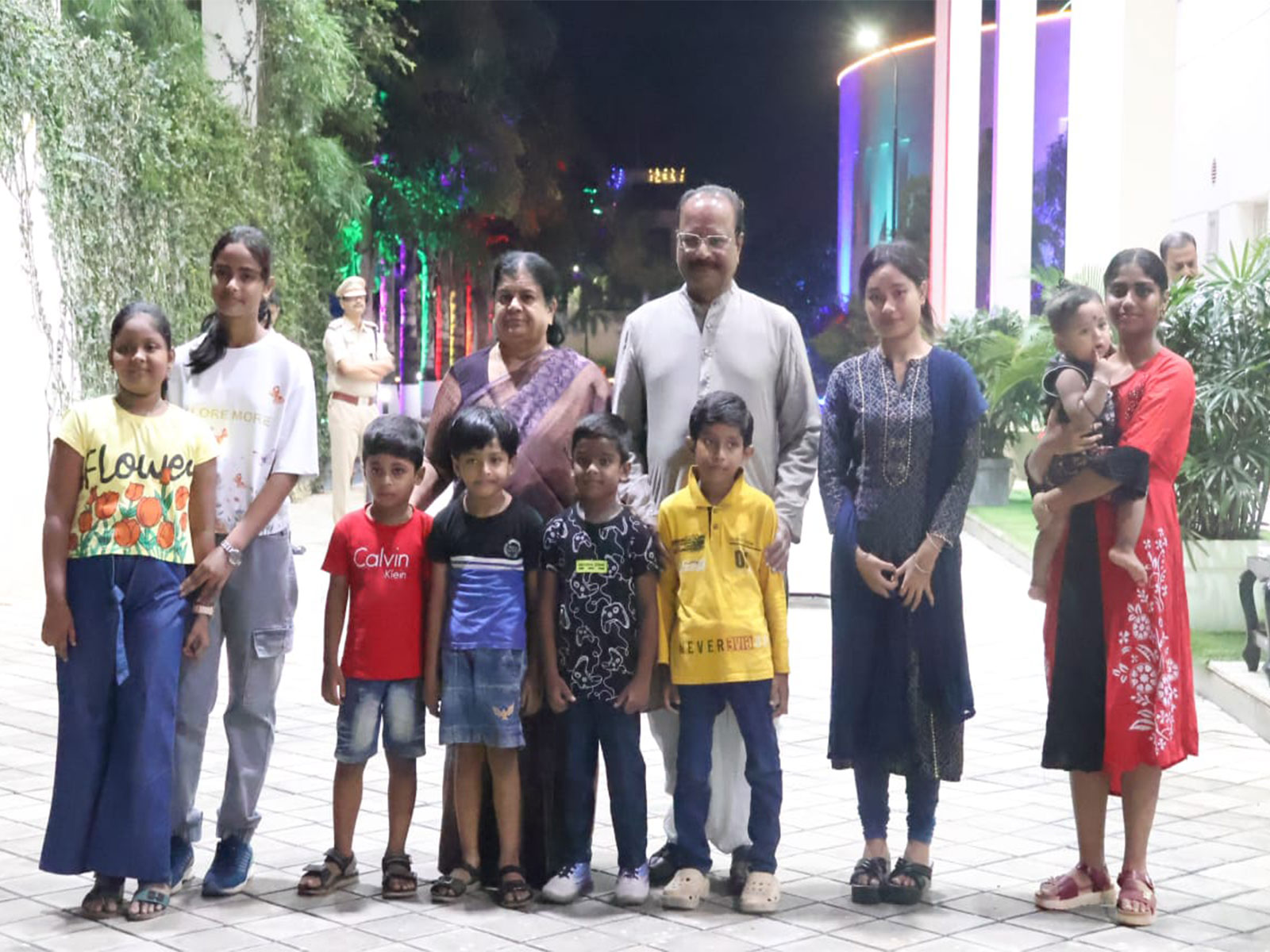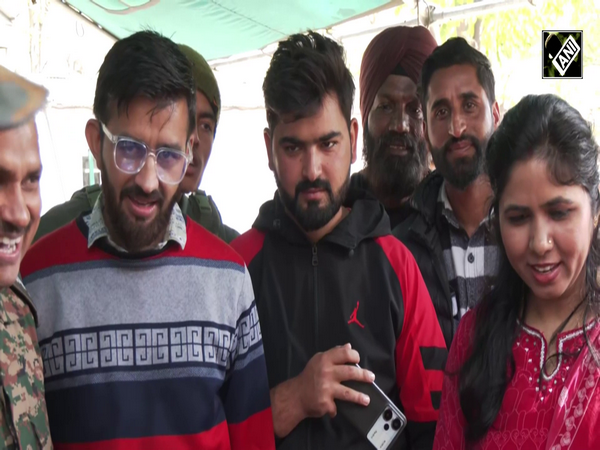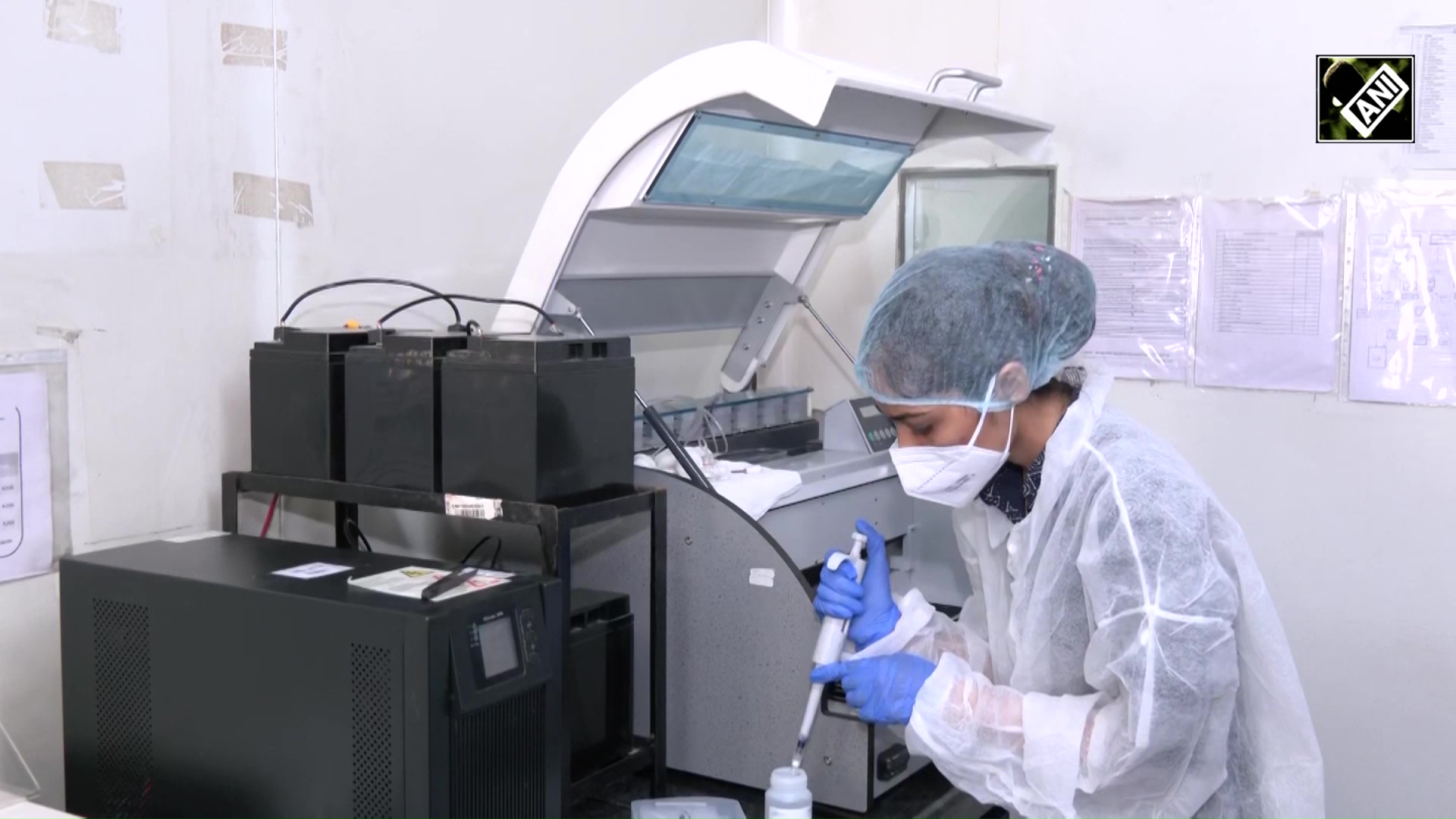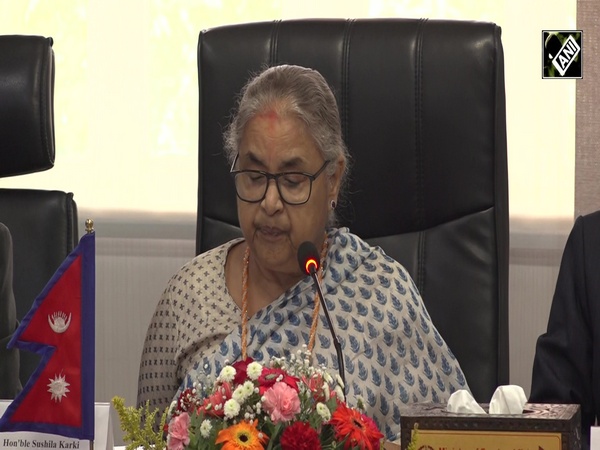Alertness levels very high, China can't surprise us, says ITBP on LAC in Tawang sector
Dec 26, 2020

By Ajit K Dubey
LAC, Tawang (Arunachal Pradesh) [India], December 26 : Having already given a bloody nose to the People's Liberation Army troops in Eastern Ladakh during face-offs in the ongoing conflict, the ITBP in the sensitive Tawang sector in Arunachal Pradesh says its men were on a high readiness mode on the Line of Actual Control (LAC) and the Chinese won't be able to spring any surprises in this sector.
In a visit to the forward posts on the LAC from where the Chinese territory could be seen in the Tawang sector, Team ANI witnessed the high preparedness levels of the Indo-Tibetan Border Police (ITBP) troops and the infrastructure developed for rapid forward deployments here in recent times.
"When incidents (transgression by Chinese Army in Eastern Ladakh) like this happen, we have to remain on high alert mode so that such unforeseen incidents are not allowed to happen and there are no surprises. As you can see that though there are extreme cold conditions which make things difficult, our men are on a very high alert and keeping an eye on the border all the time," ITBP's 55 battalion commander Commandant I B Jha told ANI at a forward location here.
"No one can surprise us here. We have made a commitment to the country to protect it and we are doing our duties and maintaining high preparedness levels," the officer added.
The ITBP has played an important role in the ongoing conflict with the Chinese troops in both eastern Ladakh as well as the LAC in Arunachal Pradesh.
In the initial violent face-offs, the ITBP had multiple encounters with the Chinese troops attempting to transgress in the Pangong Lake, Finger area and the Patrolling Points 14,15, 17 and 17A.
During the hand to hand fight, despite being outnumbered not only prevented the Chinese troops from advancing, they also caused several injuries on the Chinese side.
Commandant Jha said the bravery shown by ITBP troops in the early face-offs with the Chinese in April-May timeframe has highly inspired the troops deployed in the Arunachal sector.
"Our troops fought hard in the Ladakh sector and showed their mettle. The troops here often tell me that their counterparts in Ladakh fought hard and they also want an opportunity to do better than them if an opportunity comes by in our area of responsibility," he said.
The ITBP officer said the preparations done by them round the year would ensure that they can also do the same when the time comes.
In the visit to the forward locations near the LAC, ANI team reached very close to the zero point from where the Chinese roads could be seen which are used by them to come in vehicles right upto the Indian territory.
While showcasing the patrolling done by the ITBP troops in that area, Commandant Jha said the infrastructure development by the Indian side in the last few years now allows the Indian troops to also move very close to the last point or the zero points on the LAC in the Tawang sector.
Team ANI could see the Indian armed forces' vehicles also reaching close to a few hundred meters from the LAC which can allow them to respond to situations rapidly.
"Whether it is clothing or infrastructure, a lot of work has been done in this regard in recent times. As you could see that our vehicles could visit till the last point, this helps in responding to situations quickly without the fatigue," Commandant Jha said.
Tawang sector is one of the most sensitive sectors in the northeast on the LAC and in the 1962 war, the Chinese had managed to come deep inside the Indian areas at that time.
However, in view of the sensitive nature of the sector, an entire Corps of the Indian Army is almost fully deployed in and around Tawang to prevent any misadventure by the adversary.
The Tezpur-based Gajraj Corps has almost all its formations scattered around the sector and the high level of preparedness by the Indian Army can also be seen in the sector.
The Corps currently commanded by Lt Gen Shantanu Dayal had rapidly deployed itself in the forward locations soon after the Chinese aggression in Ladakh sector.
The coordination between the ITBP and the Indian Army could be seen very closely as they both brief each other about their respective activities in the area and the activities of the Chinese near their areas of operation.
During the visit to the forward locations, Team ANI could see the ITBP soldiers patrolling own territory upto the last pint on own side of the LAC despite the freezing winds at speed of around 40-50 knots.
In the areas with vegetation near the LAC where snowfall has started recently, the ITBP troops have started patrolling in snow suits which allow them to operate even in cold freezing temperatures.
To provide supplies to the troops deployed in inaccessible areas by roads in the higher reaches, the ITBP uses its 'fleet' of Yaks who are one of the most dependable means of transportation in the high altitude areas. The animals can transport upto 90 kilograms of rations and supplies and can reach hill tops and remote locations in very short time.

